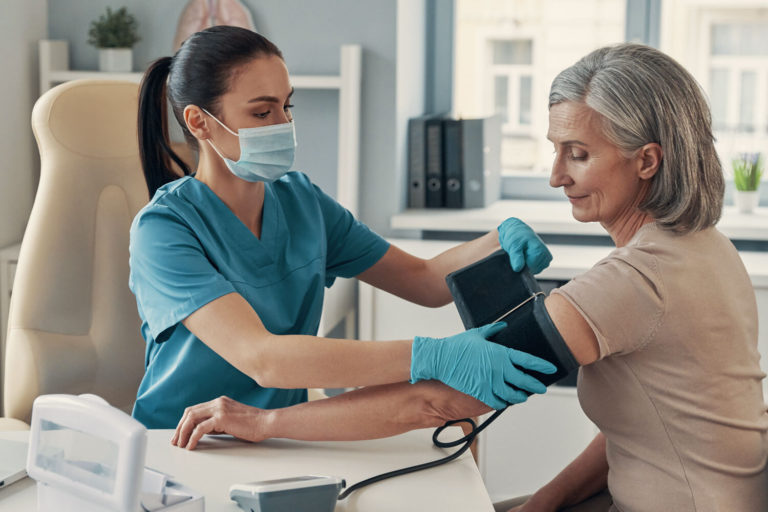Adam Tibbs, CEO of Upswing Health, is focused on a new way to tackle joint and muscular pain through telemedicine. He joined us to talk about how Upswing will upend traditional orthopedic medicine using artificial intelligence and virtual technology — for the benefit of both patients and providers.
We’ll start with an easy one. What is Upswing?
Upswing ensures people who need orthopedic care get what they need — without leaving the comfort of their homes. It’s more convenient, since you get to skip the initial visit to your primary care doctor (where you’ll just get a referral to an orthopedic specialist). We use a sophisticated artificial intelligence-powered symptom checker, designed by orthopedic specialists, to identify your injury with an accuracy that’s substantially higher than the 60 percent the typical patient gets now). One of our medical professionals then verifies it directly with you.
That’s so interesting. Back up for a minute though and tell us more about why this kind of care is so challenging to begin with.
When people have musculoskeletal issues, they get what the provider is trained to give them. If they go to physical therapists, they’ll get physical therapy. If they go to the ER, they’ll get treated for the symptoms. If they go to a surgeon, they’ll get surgery — because when you have a scalpel, everything looks like a surgery.
But the problem we see is that the cure isn’t always appropriate to the condition. With the mechanics of the body, the best treatment typically is the minimal one you try first. With our approach, people see much better outcomes because they’re getting that right level of care.
What happens when an Upswing coach confirms the issue a patient is having?
We have a robust menu of self-help options that people can try — and they can talk to one of our coaches directly through text, video or a phone call. These are certified athletic trainers at an elite level — the professionals you see run out on a field when a collegiate athlete is injured, for example. They can help tease out anything additional beyond what the symptom checker has flagged. Roughly 60 percent of the time, that’s all that’s required followed by a program for at-home, virtual rehab.
It sounds like there’s an emotional component to this care as well.
Absolutely. The majority of people really benefit from that connection to our coaches. In a situation when you’re in pain and it’s going to take some patience and work to get better, there’s a high degree of comfort knowing you’re doing the right thing. Having an expert say, “This is what you’re experiencing and you’re healing in the right way” is very reassuring.
So what happens when people need that next level of care?
About 40 percent of the time, we do need to escalate from a coach to a primary care doctor with ortho expertise. The doctor can validate the home-based physical therapy or we can refer patients to specialists who are in their plan and as close as possible to their homes.
It’s clear that a surgical consult isn’t appropriate for most people (which is a good thing!). 60 percent of cases are resolved with patience and physical therapy, which then free up scarce surgical staff for the true surgical cases.
Obviously the pandemic really accelerated telemedicine adoption. What’s your prediction for the future of orthopedics?
You’ll see the field increasingly shift away from a “surgery first” mentality, which will be a huge positive. 90 percent of patients would have benefitted from a screening process and subsequent program like Upswing to get them back on track without surgical intervention. You’re going to see a move toward ensuring that only those who actually need a surgical consult move forward. This will help patients feel confident that they’re really on a right and necessary path for them. Surgeons will also benefit from being able to focus on vetted surgical candidates — saving valuable time and driving better outcomes.
How are you approaching the challenges of increased momentum around the pandemic?
There’s been an extraordinary amount of growth given people still need to access care (but in a safer, more convenient form) so we’ve been giving the platform away for free since March. We’re also working with Welkin to help leverage automated communication and serve our Customer Relationship Management needs in a HIPAA-compliant way.


